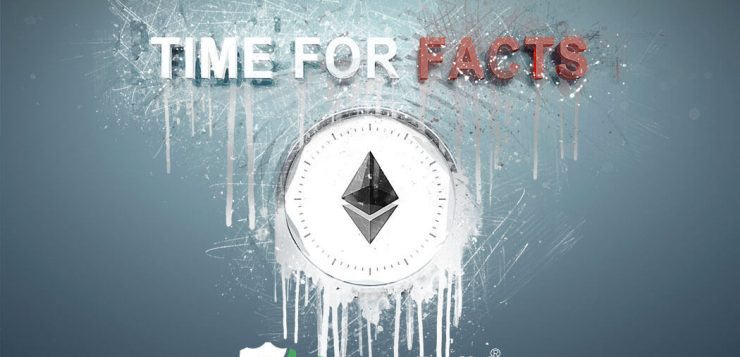StellarX is the looming crypto asset trading platform, developed by an affiliated branch of Stellar (you know, the XLM crypto project). As the StellarX platform continues to see its development, some of the team there have been carrying out side research into why the Ethereum blockchain is a bad place to launch an ICO, indeed, they share some interesting findings too.
In a blog on the StellarX blog page, written by ‘Christian’ it’s made clear that the StellarX team think Ethereum is a bad idea for ICO’s, citing a number of different reasons that I’m going to share with you now.
You can see the full article for yourself, here.
Their main justification for this is ‘The Great Filter’ which they believe will occur when high costs on the Ethereum blockchain and the slow performance of it all means the majority of projects on Ethereum are wiped out, they will be rendered useless. Performance is a key issue here, one that means the network is slow, laggy and often a little uncertain. An example given by Christian is as follows:
“We spun up the test, using ETH Gas Station’s “standard” estimates for gas, expecting a median confirmation time of about 30 seconds, and, lo and behold, 13 hours later, more than half of our transactions still hadn’t made it into a block. We stopped the test at 13h and 50m, and 50.1% of our transactions were missing. (Reminder: the raw data is in our GitHub, if you want to check our work.) We thought we’d messed up somehow, but, no. We had just created a bunch of long lines, and some jabroni transactions had stood there all day doing nothing.”
Not great if your ICO needs to issue funds to a large amount of investors, or if you need to access your investors funds quickly.
Next up, it’s an expensive platform too. Extra expense means your end target will be harder to reach and thus, the chance of the ICO completing successfully is reduced somewhat. According to Christian:
“Ethereum is also unsuitable for the other kind of adoption, what you might see with an app like, I dunno, Etsy, where instead of a few people going deep, you have lots of people checking in every once in a while. That’s because an Ethereum app’s per-user costs go up quickly as it adds users, and that’s why you see stuff like 70x price spikes whenever anyone tries using the network across many accounts.”
Moreover:
‘One test cost us $1,445 for a single hour. It ran when gas prices were low, just ≈1 Gwei for standard speed, and it puttered along at just 8 transactions a second. To run a basic test, that’s $12.6m a year. If you apply that cost structure to a real business, you see that Ethereum’s fees are already unsustainably high. For example, PayPal does about 240 transactions a second. Put aside the performance fixes it would take to make that happen and put aside the rising-price dynamic I just documented. If PayPal had been built on Ethereum and paid our observed rate, they would’ve laid out $380m in network fees last year. That would’ve been 21% of their net income, and, again, that’s pretending that you could somehow freeze prices.”
It’s a good job PayPal didn’t start as an Ethereum ICO isn’t it.
High fees and low speed make Ethereum tricky area for the running of ICO’s. Indeed, actually setting up an ICO within the Ethereum Blockchain is pretty easy so it’s a catch 22 and I suppose in many instances, Ethereum is a great place to start (look at the success of the likes of TRON for example).
Still though, the research done by StellarX and ‘Christian’ is something worth thinking about, especially if your next plan is to run an ICO of your very own.







